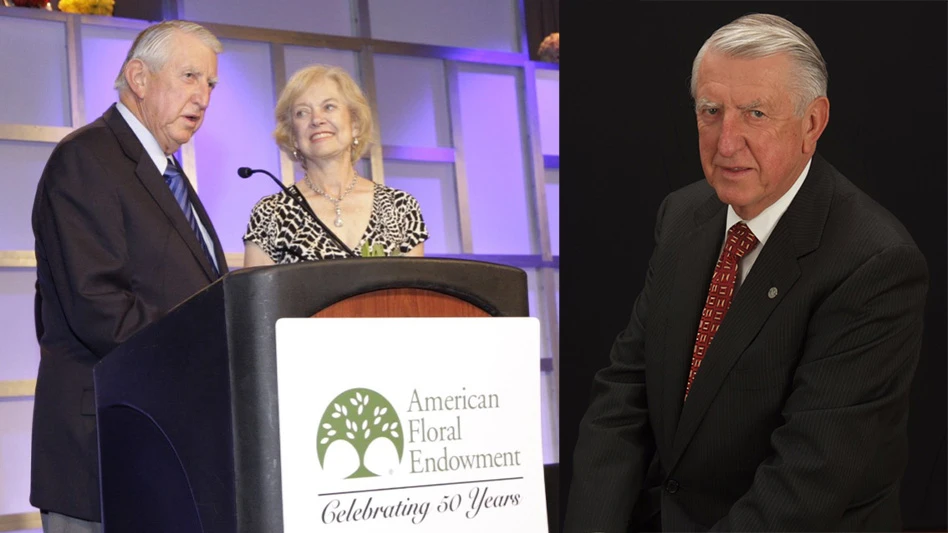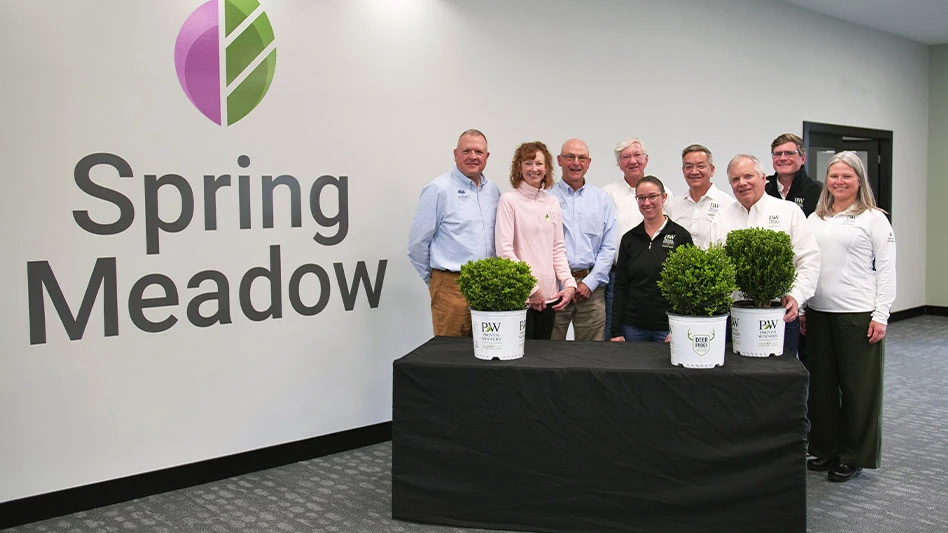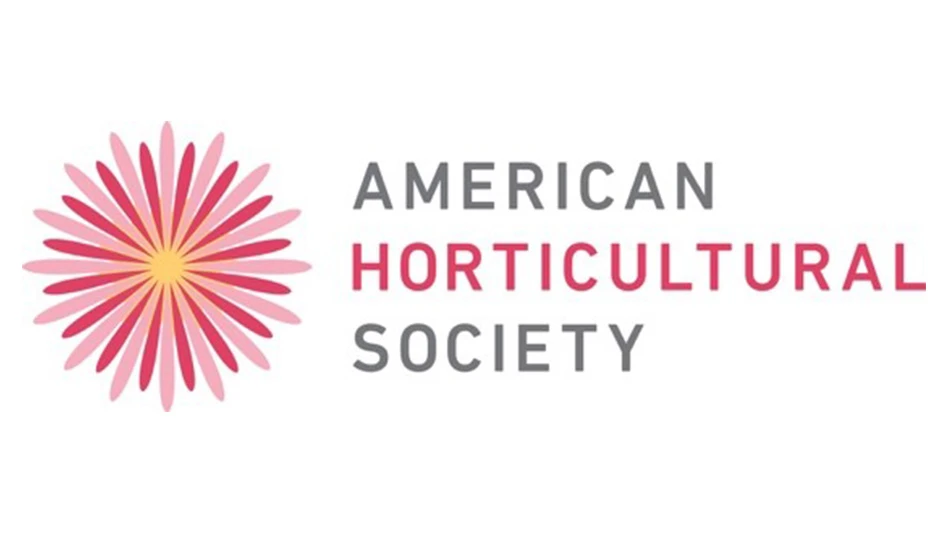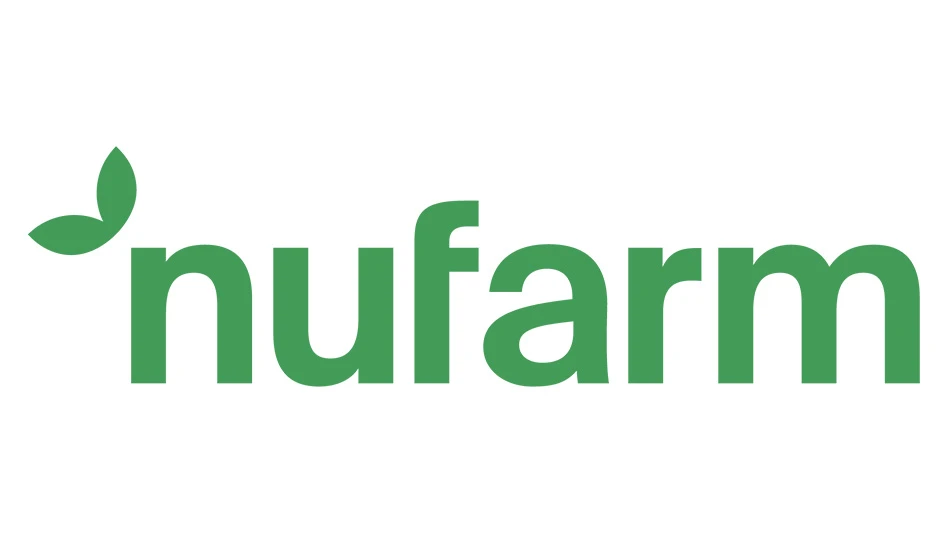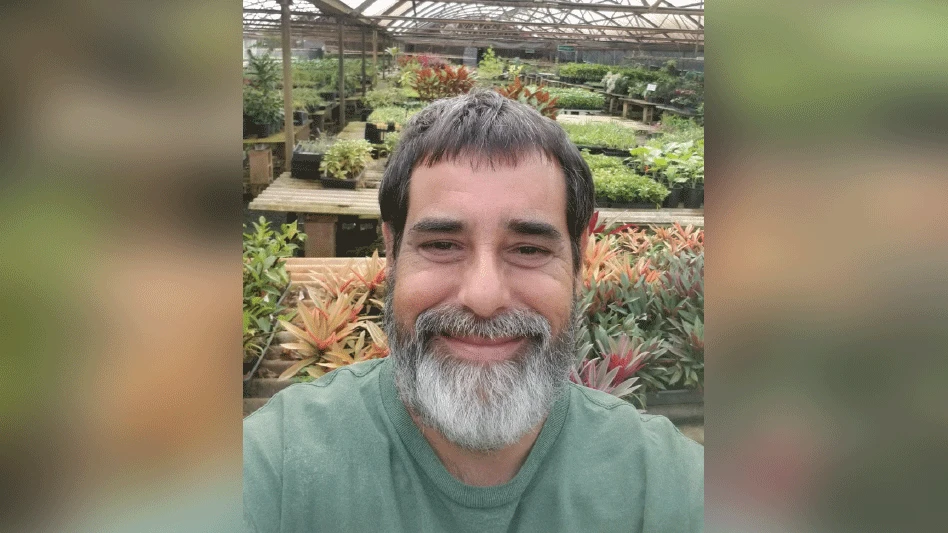
Photos: Jimmy Toledo
Jimmy Toledo is the nursery manager at Kauai Nursery & Landscaping (KNL). The business started as a small nursery 45 years ago and now has over 150 acres of field stock and propagation. KNL offers wholesale to landscapers and other nurseries as well as retail and certified plant material for sale within the Hawaiian Islands and the mainland.
KNL offers thousands of varieties of plant material from common tropical plants to rare exotic plants, including native Hawaiian plants, flowering bedding plants, fruit trees, palms, succulents, aquatic plants, hedges, flowering trees, ground covers and more.
NM: How did you get started in horticulture?
JT: I was looking for a job. One of my friends told me that they had an opening here at Kauai Nursery, so I applied and pretty much learned everything from scratch. I had no experience, no college, no nothing. I started when I was 20 years old and basically learned everything from the ground up. I slowly learned how to operate machines and got our chemical pesticide license. Then I started doing maintenance, landscaping and design. Eventually ended up as the nursery manager; that’s been about 12 years now. I’ve been with the company for 34 years.
This job is interesting because what I found is you never stop learning. There’s always something new coming around the corner that keeps you engaged, keeps you motivated to keep learning. This is a 150-acre nursery, and we have somewhere around 3,000 different varieties of plants. So, there’s always something new to learn.
NM: What do you do as the nursery manager at Kauai Nursery & Landscaping?
JT: I keep track of all the plant material and what we need to propagate since we propagate about 85% of our own plants. I keep track of the plug trays from the mainland and any new plants, which I research to make sure we’re not bringing in something invasive. We graft our own fruit trees, so that’s a big part of the job and making sure inventory is up to par.
A lot of times plants that grow in the mainland may be an annual but when it comes here, it turns into a perennial because of the weather difference, so I do my due diligence and make sure the plants we’re bringing in is not something that’s going to become an invasive and start to take over.
Hawaii gets 12 invasive species a year, whether it be insects, bacteria, animals, fungus. There’s always something that’s coming, so I work hand in hand with the Department of Ag and HISC, the Hawaii Invasive Species Council.

NM: What is your favorite part of the job?
JT: The challenge. Every day you come in, there’s going to be something new, something challenging. You never know what’s going to happen when you show up to work; that challenge keeps you going and keeps it interesting. … We have a program where high school kids that have issues learning in classrooms come here for about two hours a day, two days a week. We’ll put them to work and have them organize plants. Basically, give them life lessons. Everything is a learning opportunity in my book.
NM: What plants do you grow or propagate?
JT: We have around 3,000 different species of plants here. So, what don’t we propagate (laughs). A lot of these plants we have in the ground for field stock – ground cover, shrubs or seed production cuttings. Because it’s 100 acres and we have so much land, we put whatever is most popular in the ground, so we can constantly provide cuttings. The perennial peanut is a big seller; it’s technically edible, but it’s a great ground cover, especially for going under orchards because it is a nitrogen fixer. That’s always a big seller.
We always have about 5,000 fruit trees on site, not only the basics – oranges, lemons, limes, avocados, mangoes, but there’s also a bunch of oddball stuff like mangosteen, lychee and some exotic fruits. The fruit trees are grown in a container, and we sell mostly 4-gallon and 15-gallon sized plants. That’s pretty much our biggest seller. Especially after COVID, everybody was looking for edibles to put in the yard. So, everybody wanted some kind of fruit tree in their yard or vegetables. That really started the ball rolling as far as how many fruit trees were actually going out. And it hasn’t really stopped.
NM: What are some of your hobbies?
JT: Not much, stay home and take care of my yard (laughs). We’ll go to the beach and enjoy the surf and the water. I’m not a surfer per se, but we at least take the kids to the beach and spend the day down there and have lunch.
I have an avocado tree that’s a double graft that my dad put in my yard, and nobody seems to know what it is. There’s two different types of avocados. One half of the tree used to give in June, and the other half of the tree would give in November. So, I’d have avocados almost all year long. The tree decided to sync itself, and now the whole tree gives avocados at the same time, and it never follows a season. Whenever it wants to, it just does it.

Explore the July 2024 Issue
Check out more from this issue and find your next story to read.
Latest from Nursery Management
- The HC Companies, Classic Home & Garden merge as Growscape
- Terra Nova releases new echinacea variety, 'Fringe Festival'
- Eason Horticultural Resources will now officially be known as EHR
- BioWorks receives EPA approval for new biological insecticide for thrips, aphids, whiteflies
- Ellen Mackenbach-Lakeman appointed new CEO of Dümmen Orange
- The Growth Industry Episode 3: Across the Pond with Neville Stein
- Southern Garden Tour sets 2025 dates for trial garden open houses
- New book explores plants that thrive in Rocky Mountains
